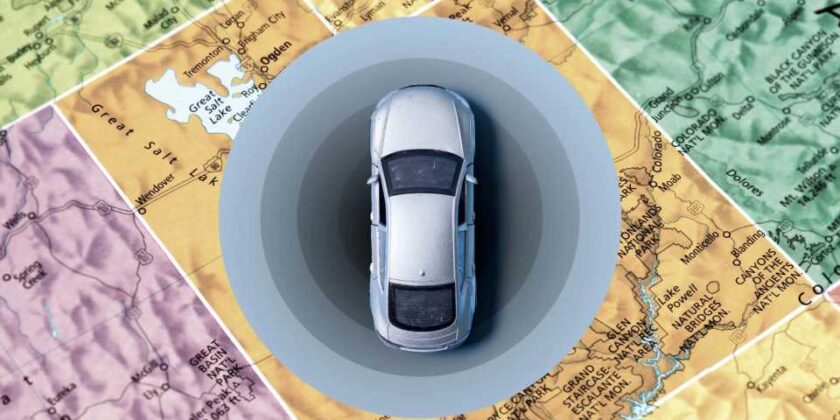The Utah Department of Transportation, ETAN Tolling Technology, and the company ClearRoad announced the Local Road Usage Charging and Tolling Integration Pilot as a test for a new way to charge drivers for using the streets. GPS would monitor where vehicles are and bill the owners based on how they use the roads starting before the end of the year.
The pilot program will run for six months with approximately 100 volunteers. The test will occur in Ogden, St. George, Saratoga Springs, and South Jordan. These are medium-sized cities with populations ranging from about 50,000 people to slightly less than 100,000 people. A federal grant is funding the trial.
“UDOT [Utah Department of Transportation] hopes to learn more about technology options that will inform a final report that UDOT will provide to FHWA [Federal Highway Administration] at the completion of the pilot approximately a year from now,” UDOT Director of Public Relations John Gleason told Motor1.com.
Utah already has a Road Usage Charge, but it’s specifically for EVs. Electric vehicle owners can voluntarily enroll in the program or opt to pay a flat fee of $130.25 for 2023. People who take part install a device into their vehicle’s OBD port and set up an account on an app. The charge is one cent per mile up the cost of the flat fee.
“The pilot will be using GPS location through OBD-II devices. We will be working to get the participants set up the last week of August with a launch of live data collecting the first week of October,” said Mike Butler, part of the Road Usage Charge support program at UDOT.
Integrating the GPS monitor adds precision to the existing road usage charge by telling the state exactly where people drive. For example, it would know if a person is on a toll road and bill them appropriately.
“Currently, we are testing an integration with the existing ExpressLane operations to provide a single account management and billing system for both RUC and tolling. This means pilot participants (and hopefully future drivers) will receive just 1 statement for both RUC and tolling for a more seamless experience,” said ClearRoad spokesperson Nadine Gutierrez.
The GPS system would also detect when someone uses locally-owned roads and allow for revenue allocation to the correct municipality that is responsible for caring for a given highway.
“By differentiating the miles and charging the correct rate, the hope is that the revenue from RUC [Road Use Charge] can be accurately allocated to the levels of government that actually maintain the roads,” Gutierrez said.
The Utah Department of Transportation hopes to learn about optimizing payment methods and wallet management for drivers for road use charging programs.
“This project is the first of its kind to unify different forms of road pricing into one: tolling, local road usage charging, and distance-based road usage charge,” said ClearRoad CEO Frederic Charlier in the pilot program’s announcement.
This is just a feasibility study for now. The Utah Department of Transportation would need to evaluate the results before deciding whether to implement this program for drivers in the state.
ClearRoad previously worked on Oregon’s OReGO road use charging program. It was also a partner on a pilot program to test a congestion charge in Bogata, Columbia.
Source: Read Full Article
